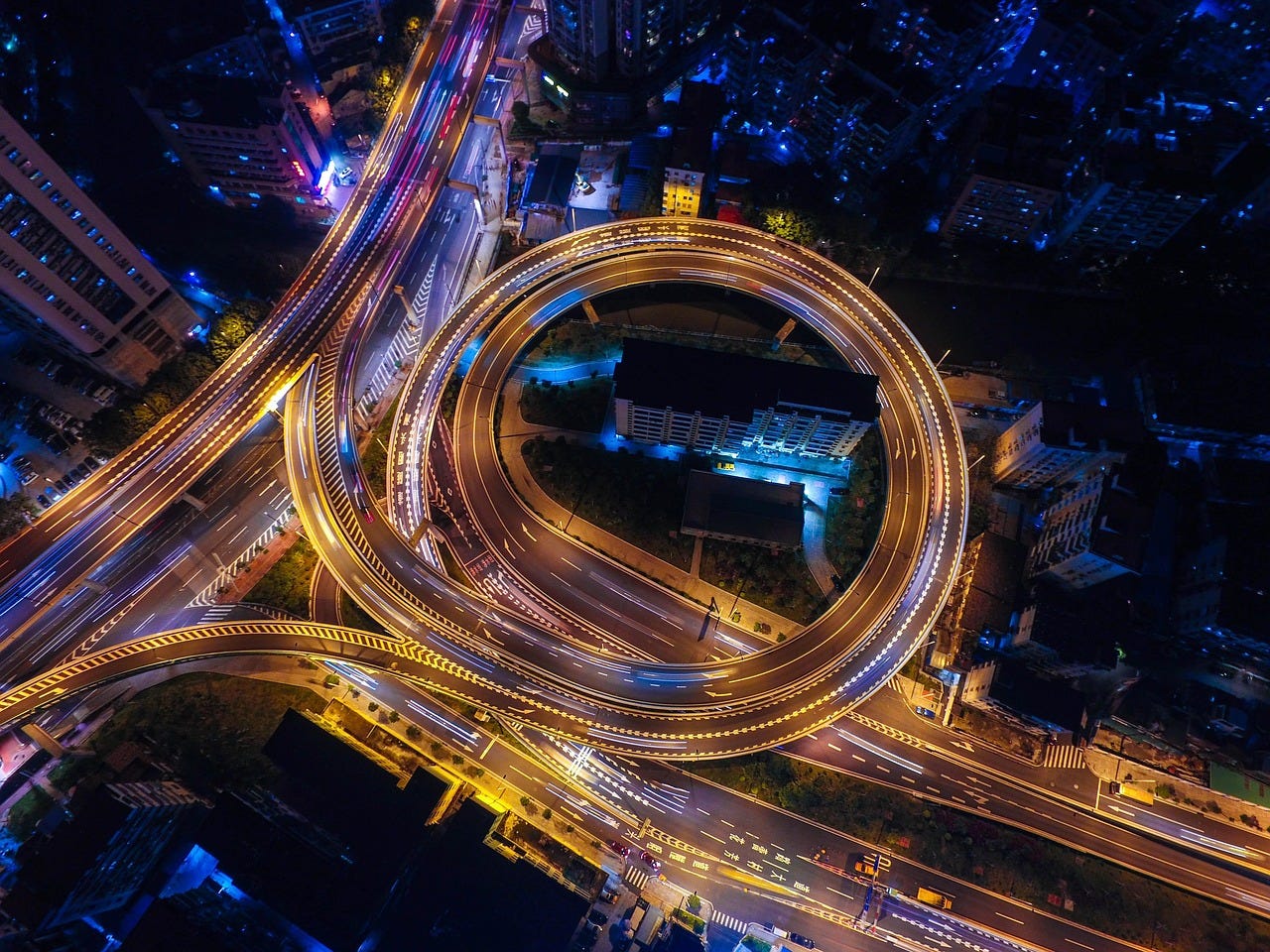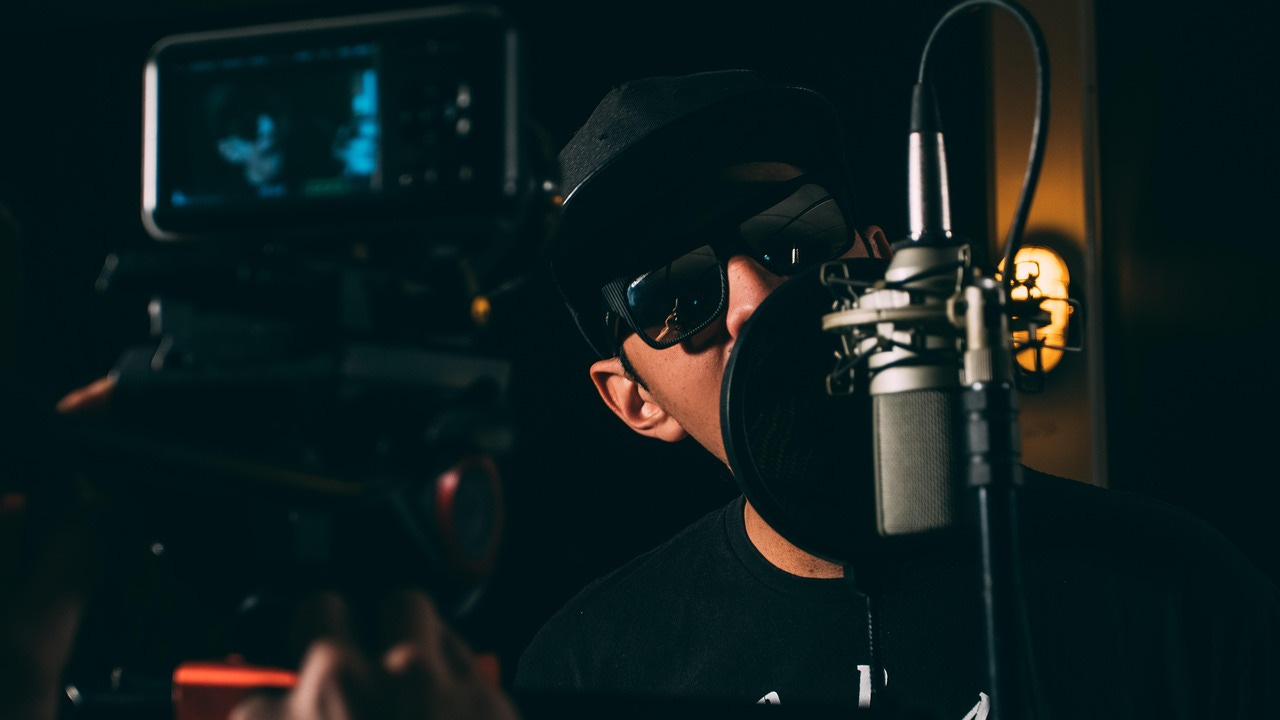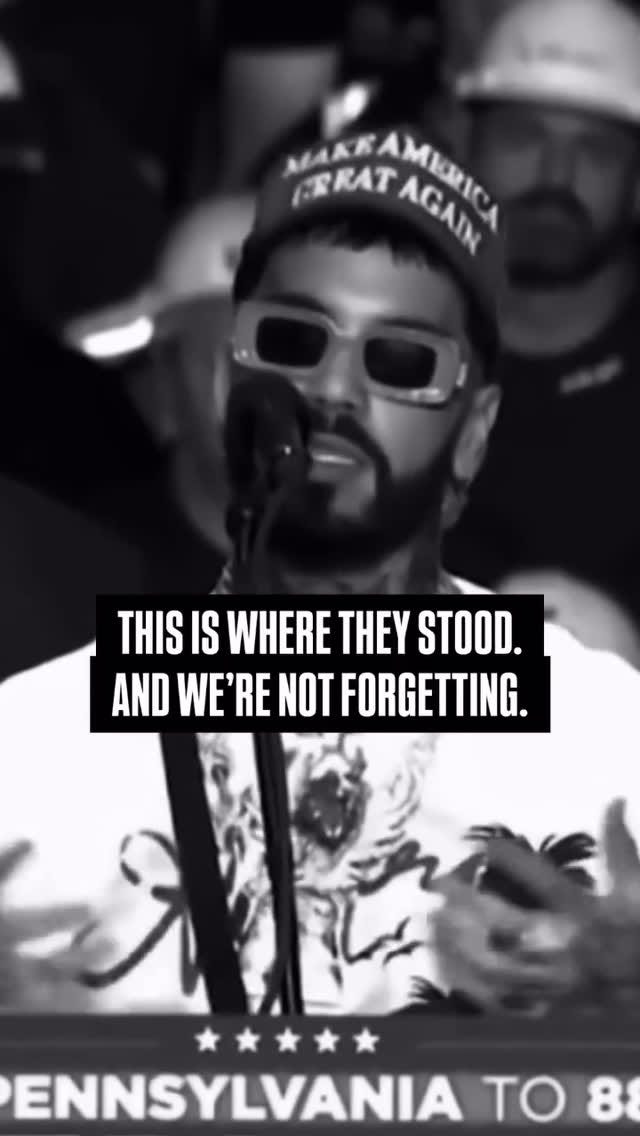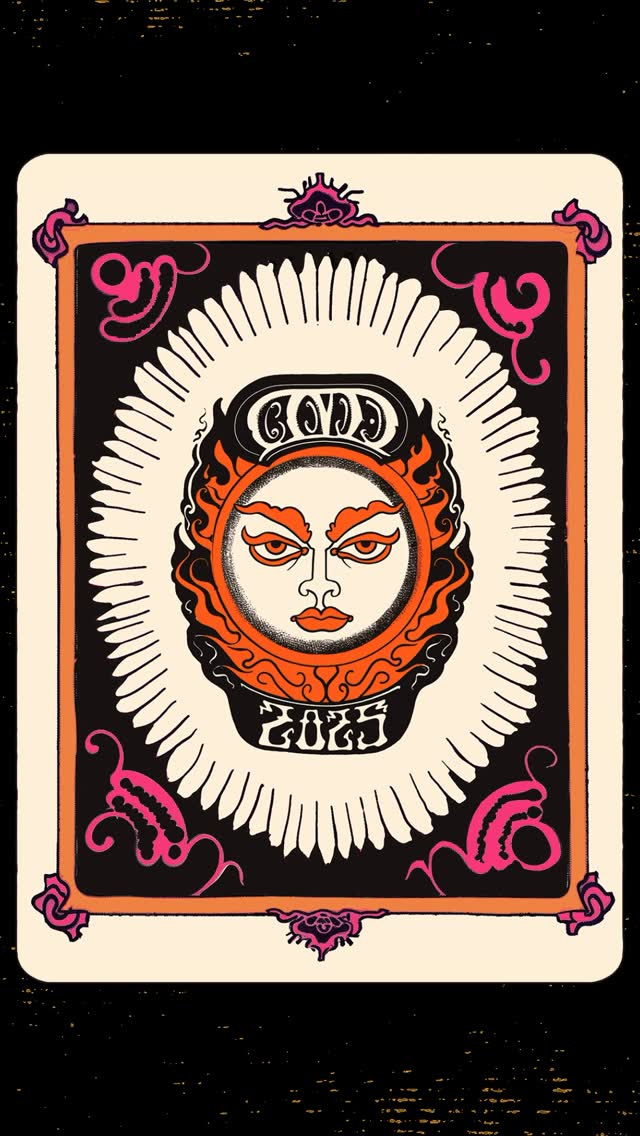Rock al Parque, Timeless Festival, The State of Reggaetón
Noise, Nostalgia, and New Roads: A Mid-Year Pulse Check on Latin Music’s Defining Movements
Three cities. Three movements. One shared thread: the music scenes defining Latin America’s sonic present are either doubling down on identity or fighting to remember what made them matter in the first place. From the existential reckoning inside reggaetón’s star system to the ideological power of Bogotá’s Rock al Parque and the rising pulse of Barranquilla’s Timeless Festival, this State of the Art zooms in on the moments where noise meets nuance, and where the next wave might already be taking shape.
The State of Reggaetón: A Genre at a Crossroads
It’s 2025, and reggaetón—the genre that once redefined Latin identity and sound on a global scale—now finds itself in an awkward phase of extended cultural adolescence. What once felt urgent and unruly, now echoes with formula fatigue. Particularly Medellín, once the epicenter of reinvention, is now the capital of repetition. As independent blog El Enemigo recently asked on their social media:
Karol G, Feid, Blessd y Ryan Castro: ¿Hay un desgaste en el sonido del perreo paisa? // Is there a wear and tear on the paisa perreo sound?
The short answer is yes. The longer one reveals a deeper identity crisis within the genre itself.
Karol G’s latest material feels algorithmic and hypersexualized, with music videos that are more marketing assets than artistic expressions. Feid, one of the most creative forces in the scene just two years ago, has suffered a cataclysmic decline in sonic quality, without any compelling releases since his “Sorry 4 That Much” single, a mid-2024 pop high. And while Ryan Castro still shows flashes of consistency, especially through his collaborations with the Colombian national football team and strong visual branding, the perreo formula itself has ballooned into something bloated and self-referential, echoing the excess of late-’80s hair metal before grunge reset the system. Back then, rock imploded under its own vanity; reggaetón might be nearing a similar inflection point.
But from the wreckage, a few artists are veering off track, in the best way possible.
Take Bad Bunny. His recent release steers clear of the trap-heavy gloss of his earlier work and embraces Puerto Rican musical heritage—plena, salsa, bomba—in what feels like an intentional act of sonic reclamation. Some might call it nostalgic, but really it’s strategic. When a genre grows this industrialized, artists often circle back to roots to find new oxygen.
While the mainstream may feel congested, the margins of the genre still pulse with innovation. Artists like Villano Antillano, Young Miko, Tokischa and La Gabi are redefining reggaetón’s emotional range and lyrical politics, proving that the genre’s future might lie in its most radical reinventions.
Other outsiders are also rewriting the rules. Ca7riel & Paco Amoroso, the Argentine duo known for their chaotic stage presence and anti-pop energy, offer something reggaetón rarely does these days: surprise. And while they’re alt-urban and trap rather than reggaetón, their impact on the broader Latin scene is impossible to ignore. So are other genre staples like Rauw Alejandro and Tainy, whose flirtations with synthpop have influenced a new crop of reggaetoneros, including recent penny-stock gems like Venezuela’s Jey mv, whose May single “Como Tú” blends funk guitars and vocal bounce with precision—and just 73 monthly listeners to his name. Expect an honorable mention for that track on our upcoming New Music Vault.
This shift also comes as the Fish Market riddim lawsuit looms in the background—a legal battle discussed on one of our 2024 newsletters, and which, depending on the outcome, could reshape the infrastructure of reggaetón production. The rhythm conceived in Jamaica, sampled and tweaked endlessly since its rise in Panama and Puerto Rico, may soon become a litigious landmine. That uncertainty could be partly fueling these recent stylistic left turns.
Still, perhaps the most destabilizing element in reggaetón today isn’t sonic or legal, but rather ideological.
Recent weeks have seen major backlash against key figures in the scene—Anuel AA, Nicky Jam, Justin Quiles—for openly aligning with Donald Trump’s 2024 re-election campaign, fracturing what was once a unifying, pan-Latin identity. While we don’t weigh in on politics at Mapas, we do observe culture, and this ideological split has chipped away at the sense of cohesion that once made reggaetón a movement, not just a genre.
Unlike styles like Afrobeats and K-pop—both of which have scaled globally while retaining a strong cultural through-line—reggaetón is showing growing signs of fragmentation. K-pop has the advantage of centralized vision, government-backed infrastructure, and a polished group-based identity system. Afrobeats, while more grassroots, is still rooted in a shared African sonic and cultural narrative.
Reggaetón, meanwhile, is facing a storm of contradictions: industrialized soundscapes colliding with artistic burnout, ideological fractures dimming its once-unified voice, and a looming copyright lawsuit threatening its production DNA.
None of this means the genre is done. But it does suggest it’s entering a kind of transitional shedding, where survival may depend not on who shouts the loudest, but who’s willing to evolve.
Rock al Parque 2025: 29 Years of Volume, Vision, and Controlled Chaos
Few festivals embody Bogotá’s musical identity quite like Rock al Parque. Now in its 29th edition, the free open-air giant returns to Parque Simón Bolívar from June 21–23 with a lineup that affirms both the genre’s roots and its restless evolution.
With 56 acts spanning local, national, and international circuits, this year’s edition mixes icons and insurgents. Colombian powerhouses like Don Tetto, Polikarpa y sus Viciosas, Reencarnación and Tenebrarum share the bill with Latin American titans like El Cuarteto de Nos, Él Mató a un Policía Motorizado, and Los Cafres, plus hardcore legends Madball and Brazil’s electrifying Black Pantera. The range is loud, lean, and politically awake—even when it doesn’t shout slogans.
Three stages — Plaza, Bío, and Eco — will host artists from 2 PM daily, but the heartbeat of Rock al Parque goes beyond decibels. Its academic programming continues to deepen the festival’s cultural footprint. From archival reflections like KCH: Una historia del rock en Colombia, to critical genre forums like Ultra Metal, 40 años de un sonido extremo, and strategic conversations around authorship and copyright in the industry, this an evolving musical history document.
Rather than chasing algorithmic trends or softening itself for export, this event reminds us that rock, whether coated in metal, punk, ska, or experimental noise, still matters when it grows from local soil and refuses to self-neuter.
The setup remains staunchly public: free entry, public transport-friendly, and accessible to listeners 14 and up (with ID). Three days, three stages, no corporate filter. Just music, people, and Bogotá’s sonic pulse vibrating straight through the concrete.
Click here to check out the full lineup, info on logistics and more.
Timeless Festival: Barranquilla’s Quiet Revolution Is Getting Louder
While Bogotá and Medellín have long dominated the conversation around Colombian alternative music scenes, Barranquilla has been carving out its own space—slowly, steadily, and with undeniable style. At the center of that rise sits Timeless Festival, a project that’s evolved from a niche gathering into one of the most exciting music events on the national circuit.
Founded by Kike Vélez and Miguel “Mono” Urina, the minds behind the acclaimed synthpop duo MNKYBSNSS, Timeless was first launched as an extension of their debut album of the same name. The festival now mirrors their artistic ethos: independent, emotionally charged, and sonically adventurous.
Last year’s edition at the Malecón del Río drew over 3,000 attendees, featuring acts like Rawayana and Midnight Generation, following up on its 2023 edition, which starred heavyweights in rock and electronic such as Aterciopelados, Mitú and Julio Victoria. Two stacked lineups that speak not only to curatorial taste, but to a growing audience hungry for something beyond the algorithm.
At its heart, though, Timeless remains a Barranquilla grassroots project. Through their TV show Ruido Caribe on regional station Telecaribe, Kike and Mono have consistently amplified emerging voices from the Atlantic coast, giving local rock, indie, folk and experimental artists the kind of platform that rarely exists outside the capital. Their efforts don’t feel performative—they feel necessary.
That spirit is what makes the event special. While other festivals chase clout and headliner bait, this one’s built from the ground up, investing in both scene and city. The latest teaser for the 2025 edition suggests bigger ambitions, but the same core intention: putting Barranquilla on the map without asking permission.
In a city better known for its Carnival than its club nights, Timeless is rewriting expectations. And with Barranquilla increasingly becoming a hotspot for tech, sports, and urban development, the festival’s growth feels like part of a broader cultural turning point. It’s not just music—it’s momentum.
These scenes may differ in sound and setting, but each represents a mirror held up to a larger cultural truth: that genres, cities, and movements can’t grow without friction. Whether it’s reggaetón’s crisis of identity, Bogotá’s compromise to its legacy, or Barranquilla’s refusal to be overlooked, the message is clear—Latin music isn’t a monolith, it’s a conversation. And right now, the volume’s rising.
For the time being, stay tuned for more Latin-centric deep dives into the current state of music, plus our habitual new track selections, exclusive interviews, and more features coming your way soon.
Until then, keep the rhythm alive!








